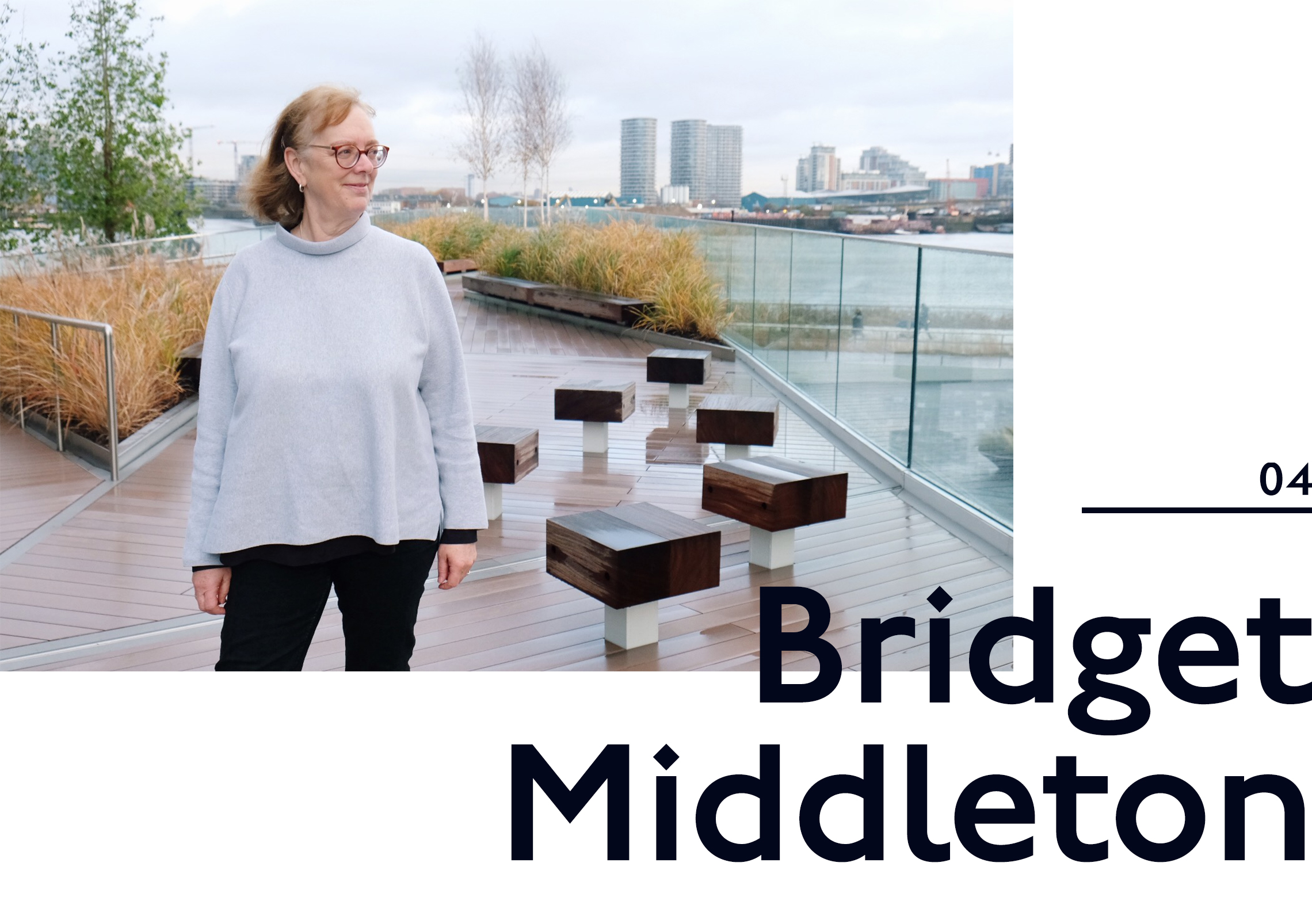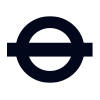
Tell us about your role
I run the Digital Communications team. We are responsible for content on all our digital channels including the TfL website, TfL social media, blogs and customer email. We set the strategy and tone of voice for how we talk to customers through our digital channels; we write and edit content and we advise the business on how to get the most out of the channels.
Like many older people in digital, I started out working in print. I made the transition about fifteen years ago when I was at the BBC. The print and design team I managed was disbanded through a restructure and I was asked to form a new team to manage the BBC’s corporate website. This was my first introduction to digital and I had to learn fast. Luckily for me I was surrounded by experts who were happy to share what they already knew.
Some things were very different such as the way people read online and how people find what they need. User journeys and user experience were completely new concepts to me and accessibility issues are more complex online. But some basic principles are exactly the same – plain English, clear communication and good design are just as important whatever medium you use.
Why is your role important to TfL?
Most Londoners come into contact with TfL in some way or other almost as soon as they leave the house. Whether it be travelling on the network or walking, cycling or driving on a TfL managed street, they don’t have a choice.
Apart from our staff, digital channels are our primary channels of communication with customers. We have a responsibility to make communications work as well as they possibly can.
We know that customers expect different things on each channel and my role is to make those channels work coherently for our customers. We’ve created a digital channel content strategy to help the business understand how different channels work and how we can use them most effectively.
The strategy includes a channel matrix and work packages which are based on customer intent, content types and channels. We use it to inform the approach we take for each new request that comes into the team.

Most Londoners come into contact with TfL in some way or other almost as soon as they leave the house.
What’s your favourite thing about what you do?
I work with creative people with a huge range of expertise and experience. Most people are really passionate about what they do and put a lot of energy into trying to get to the best result for customers. I get to work closely with digital experts, and also with people from all over the business including operational areas.
Before working here I had no idea that mass transport could be so interesting. Now that I have watched people working in the traffic and network control centres, I have a much better understanding of the complexity of moving so many people around London every day. And, it’s exciting to be part of the conversation about how transport might be managed in the future.
——-
How Digital works with Digital Communications
Content and design are inextricably linked. The way we inform, guide, and reassure our customers through language is a critical part of our user experience. Content and UI must support each other to communicate quickly and concisely to our customers.
Maintaining a close relationship between Digital Communications and Digital is incredibly important to the success of our products. Our departments work together throughout all aspects of the product cycle – from concepting, developing, stakeholder engagement, and delivery to ensure we deliver the best user experience to our customers.
